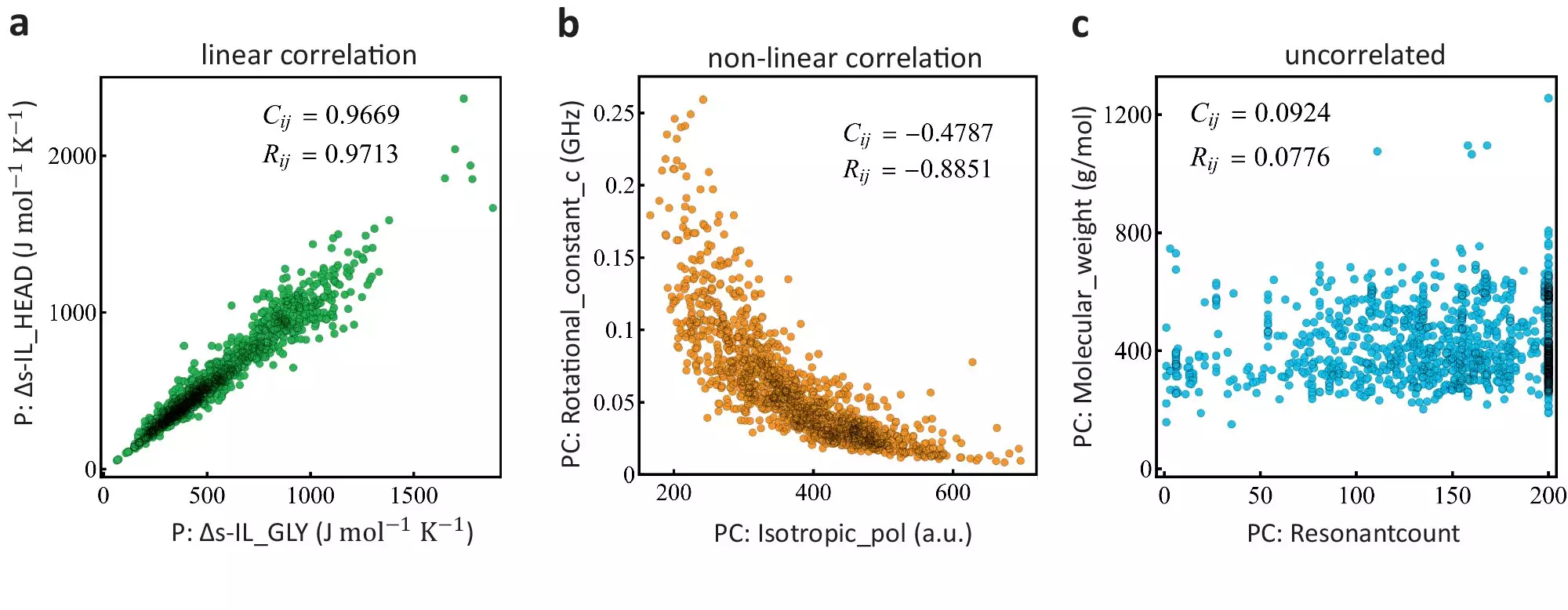The threat of antibiotic resistance continues to grow as pathogens evolve and become more adept at defending themselves against traditional treatments. This poses a serious public health concern, especially with certain bacteria being classified as critical by the World Health Organization due to their high levels of resistance. Finding new types of antibiotics is crucial in combating this issue.
A research team from Los Alamos National Laboratory has embarked on a groundbreaking study using machine learning to identify specific molecular properties that could lead to the discovery of effective antibiotics. The team’s efforts are focused on overcoming the challenges posed by the vast diversity of chemical space and the intricate molecular interactions across bacterial membranes.
Gram-negative bacteria, such as Pseudomonas aeruginosa, present a unique challenge due to their outer membrane’s resistance to traditional antibiotics and their ability to expel foreign compounds. By leveraging machine learning models, the research team was able to pinpoint the molecular descriptors associated with compounds that could successfully permeate these formidable bacterial membranes.
The study made use of high-performance computing capabilities at Los Alamos National Laboratory to extract crucial molecular properties from simulations involving over 1,200 chemically diverse compounds. This in-depth analysis shed light on the key properties required for effective drug permeation in gram-negative bacteria, paving the way for similar data-driven studies in other pathogens.
The machine learning techniques employed in this research offer a promising pathway for future studies in various biological membranes, including the blood-brain barrier. By reducing the relevant spectrum of molecular properties and establishing empirical rules for predicting compound permeation, the team’s findings open up new possibilities for combating antibiotic resistance through innovative approaches.
The integration of machine learning and high-performance computing in antibiotics discovery represents a significant leap forward in the fight against antibiotic-resistant bacteria. The insights gained from this study not only provide valuable guidance for developing new types of antibiotics but also set the stage for further advancements in data-driven research across different biological domains. By harnessing the power of artificial intelligence, researchers can unlock the potential of cutting-edge technologies to address pressing public health challenges.



Leave a Reply